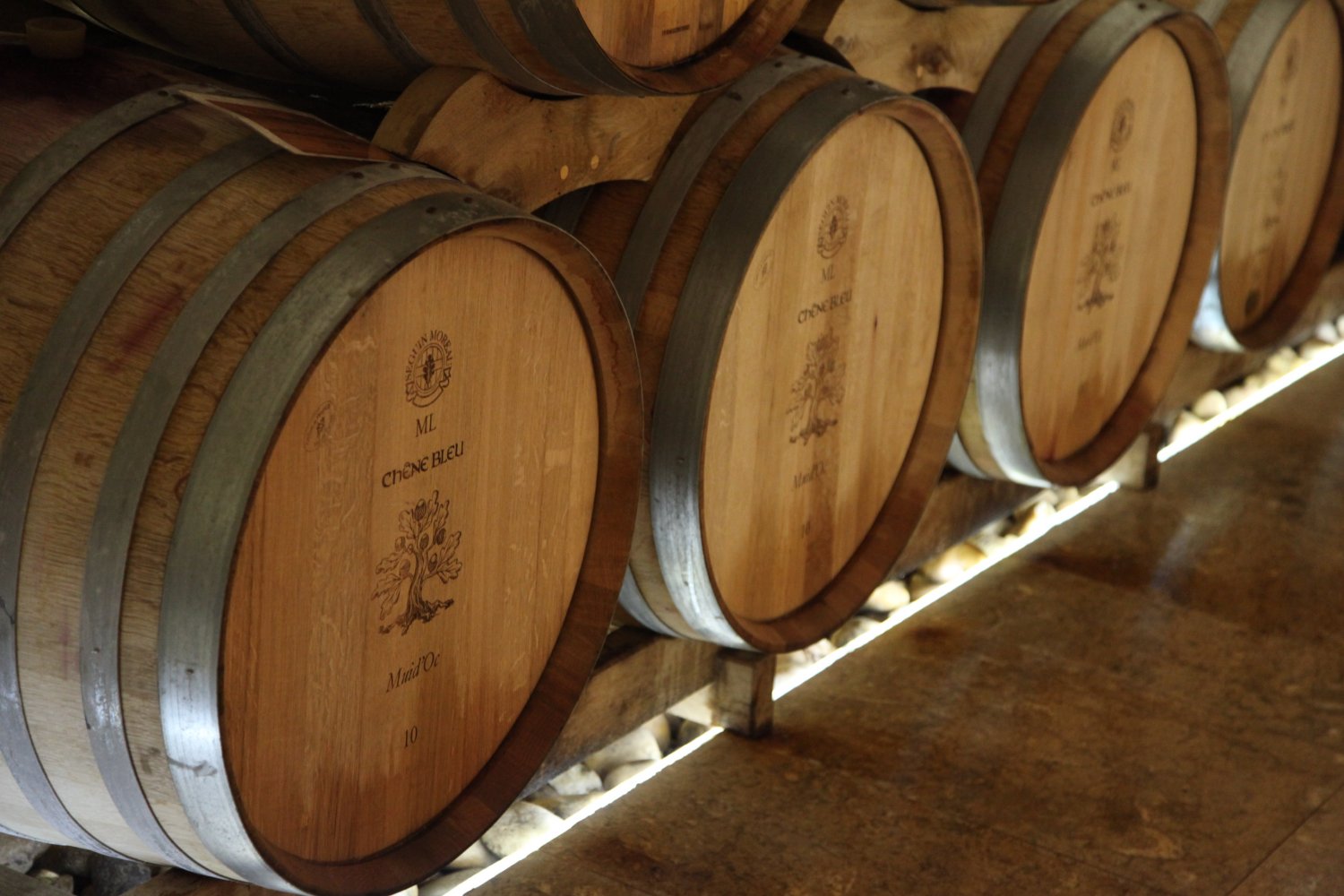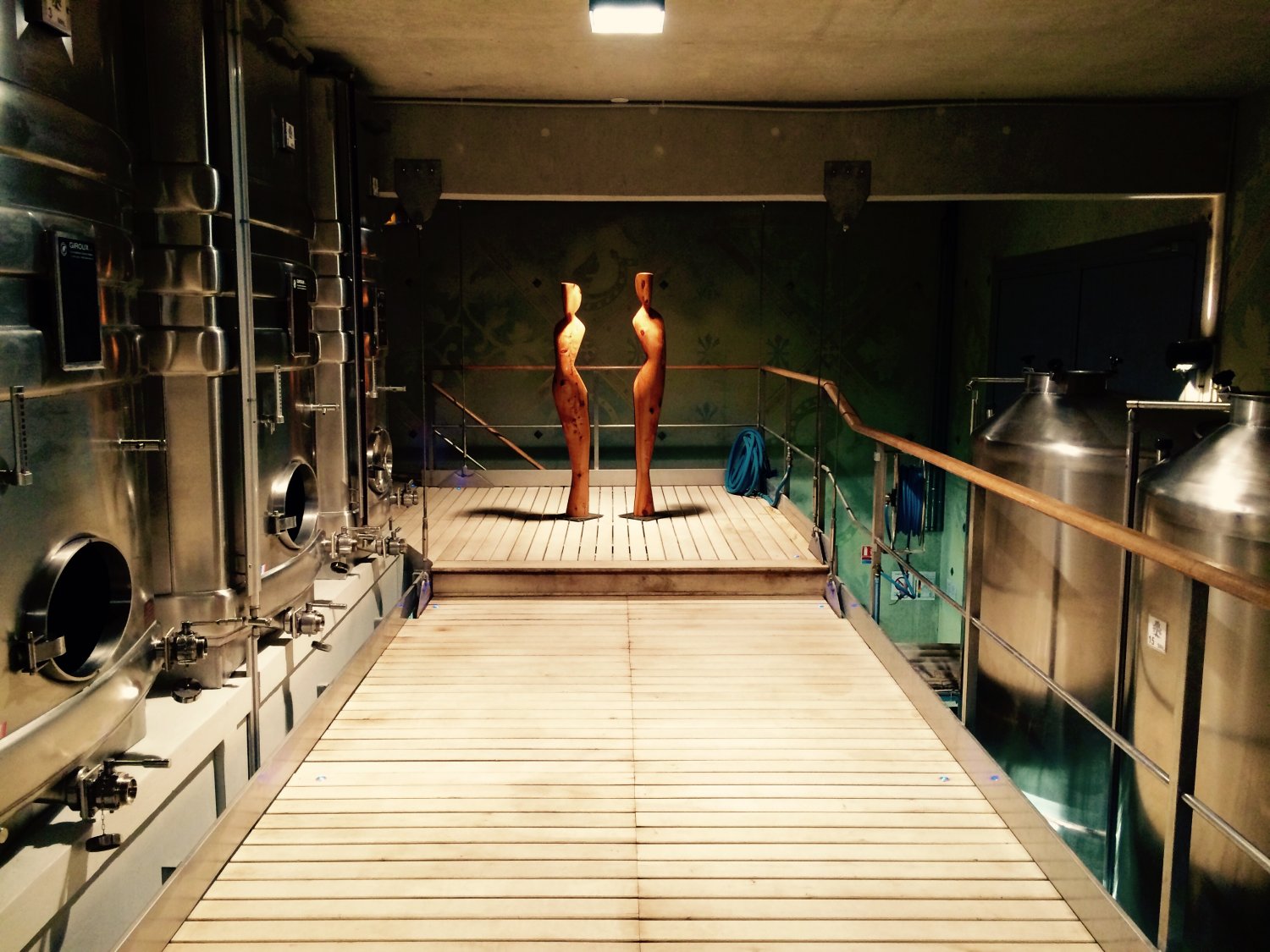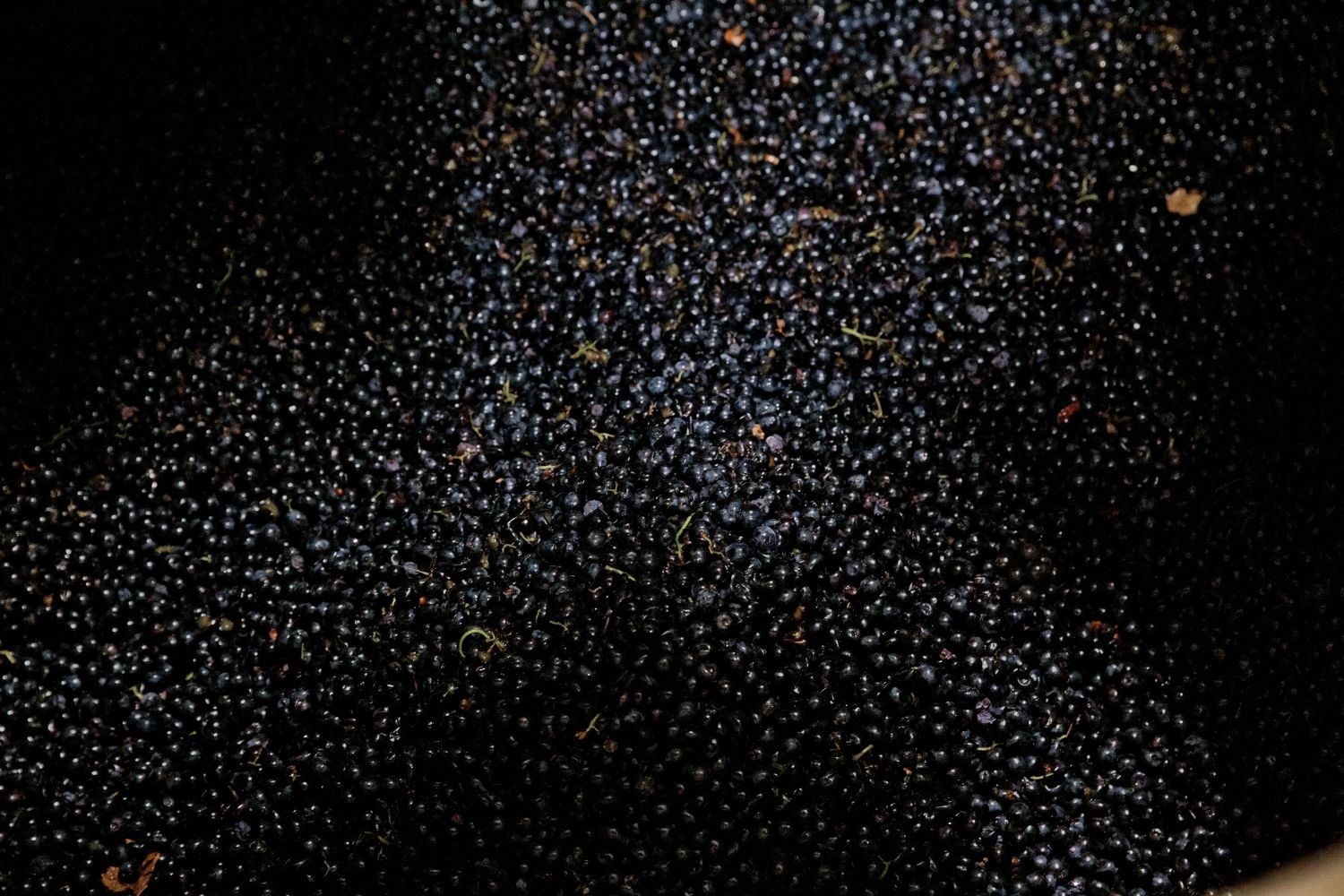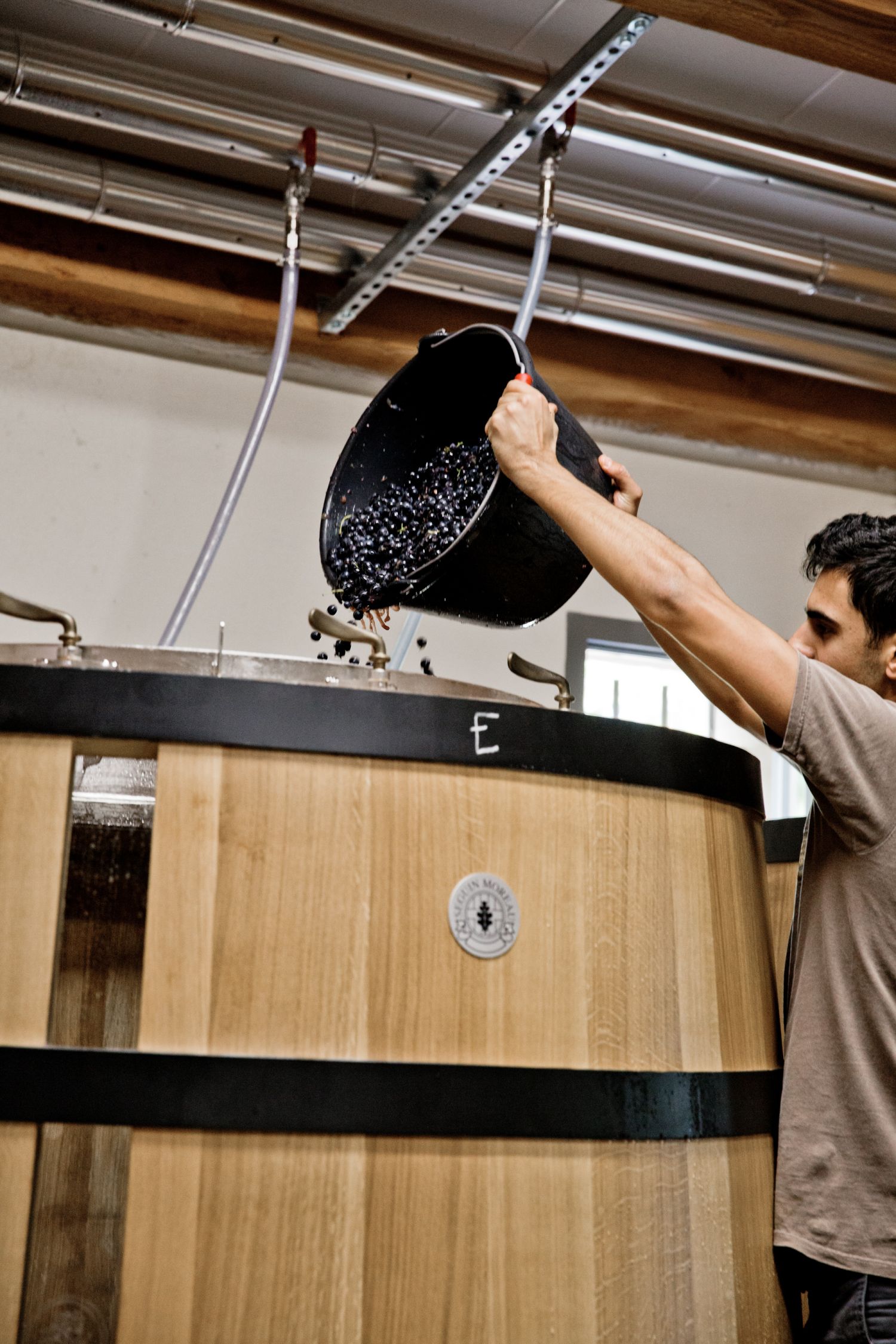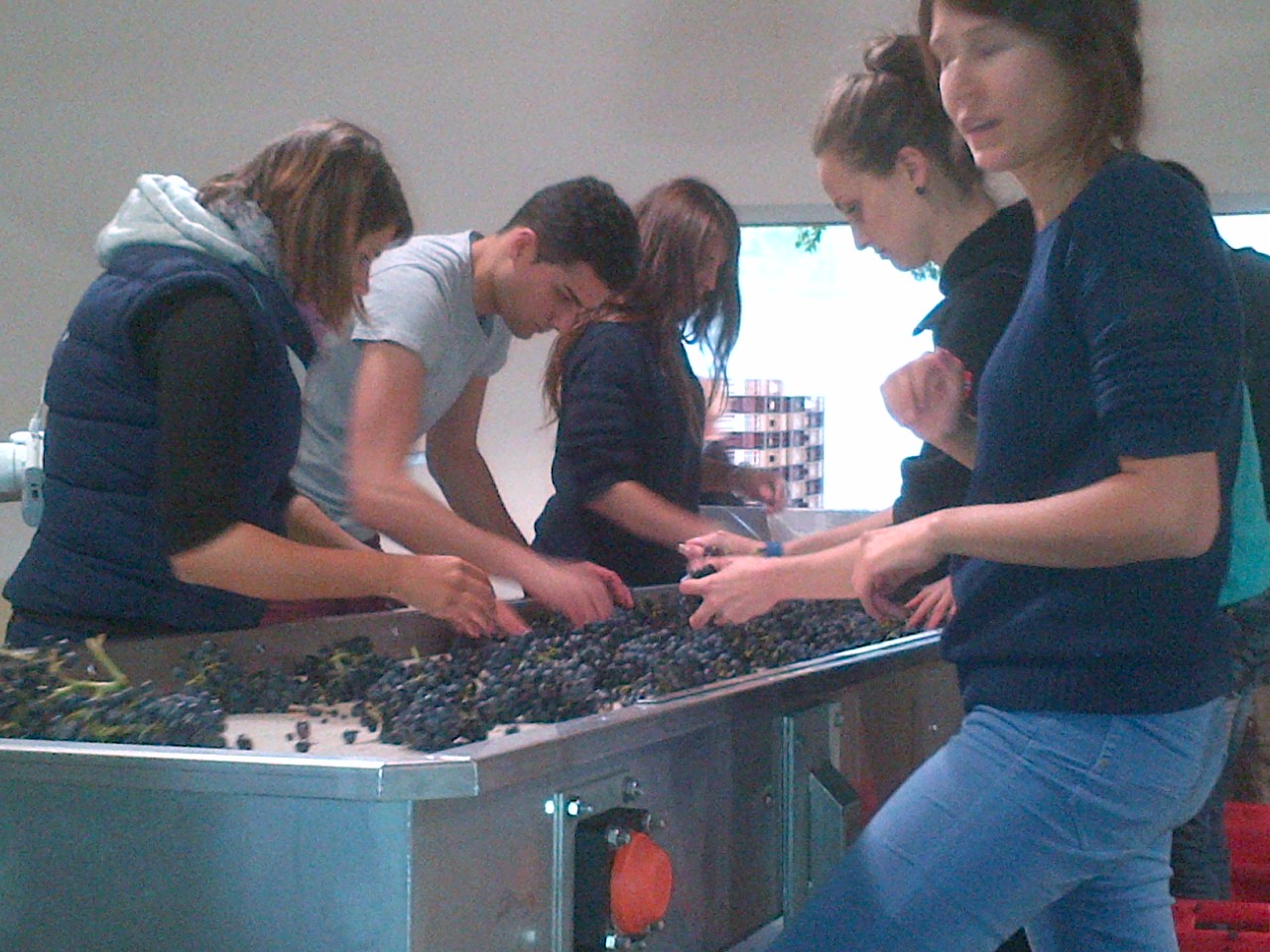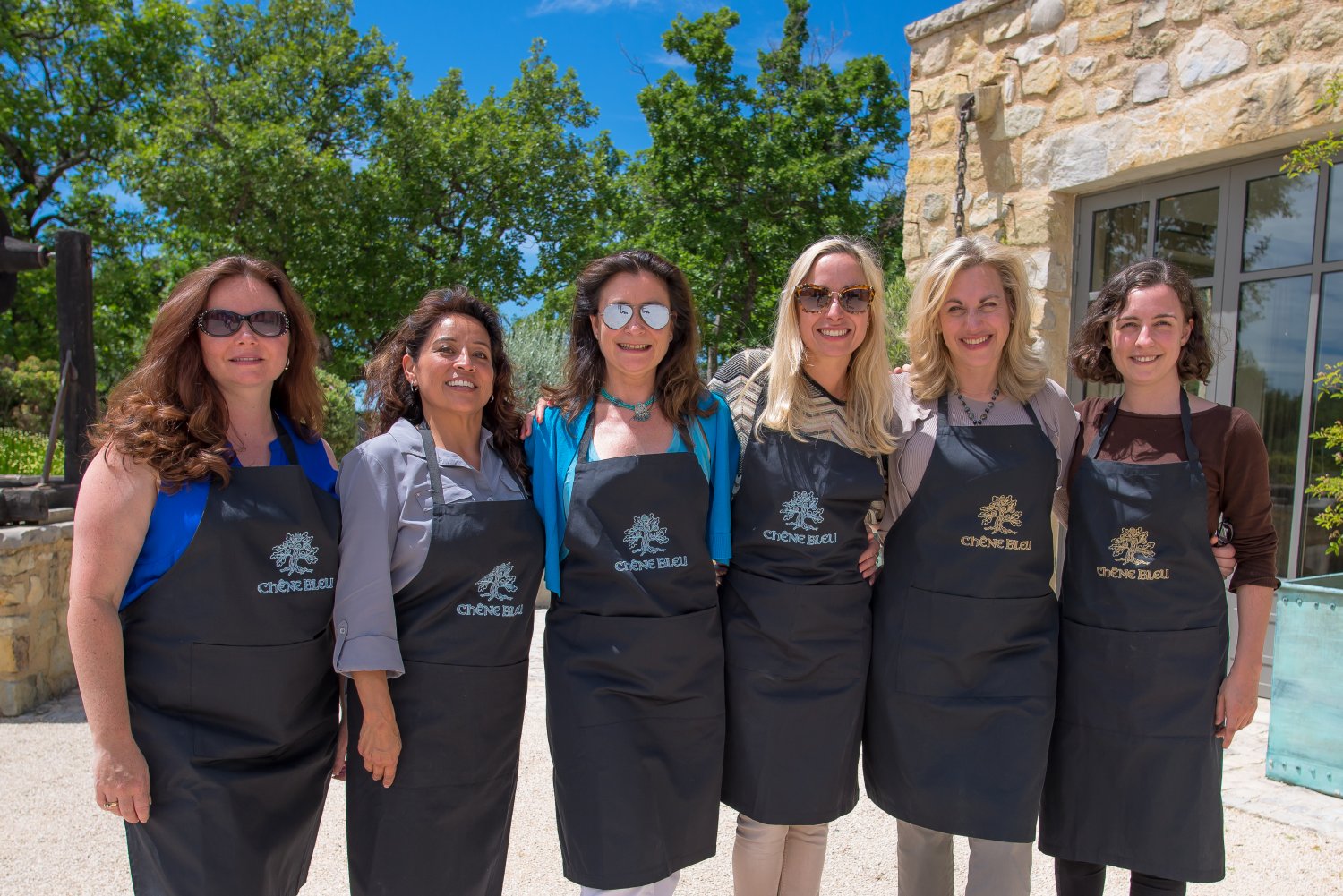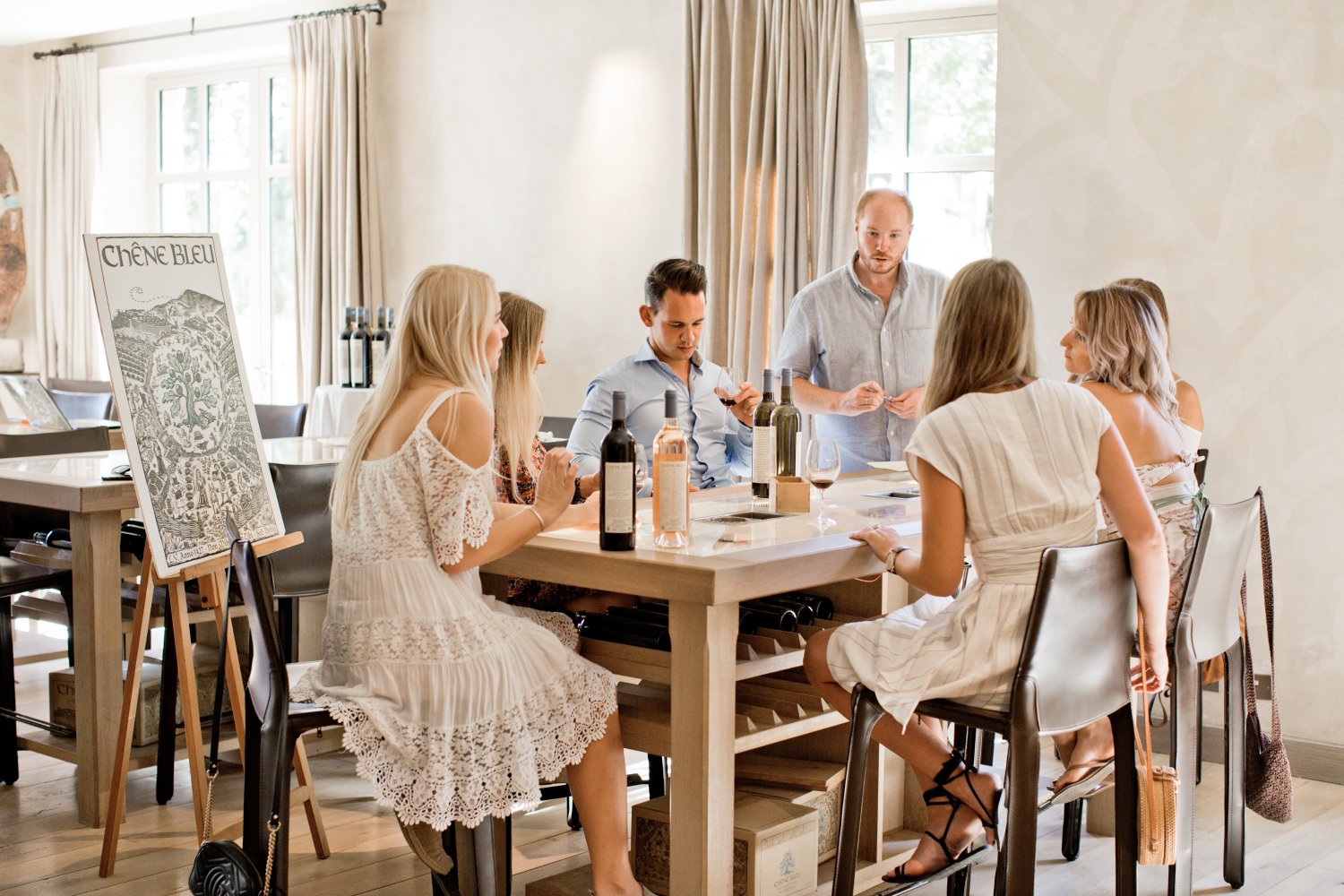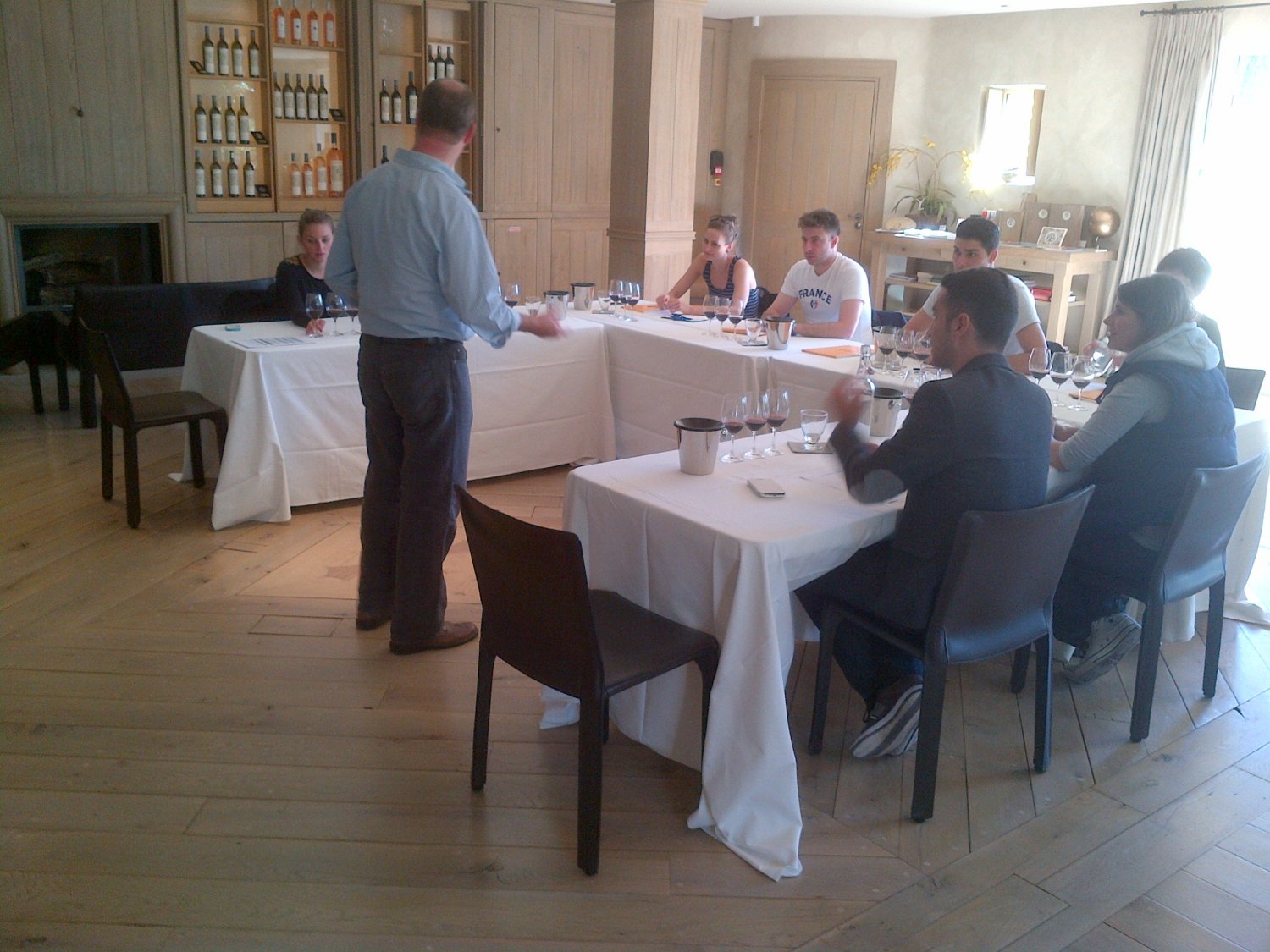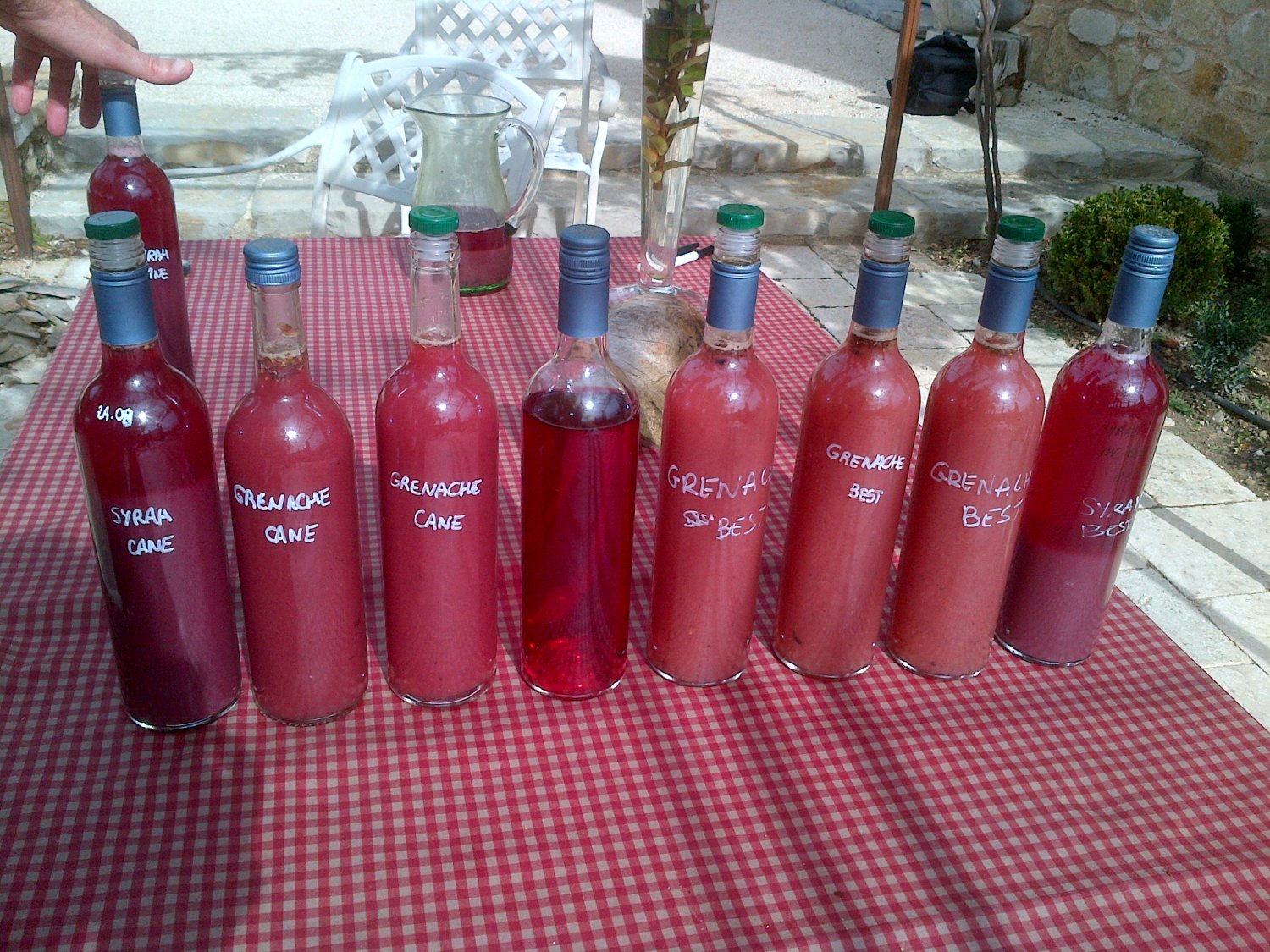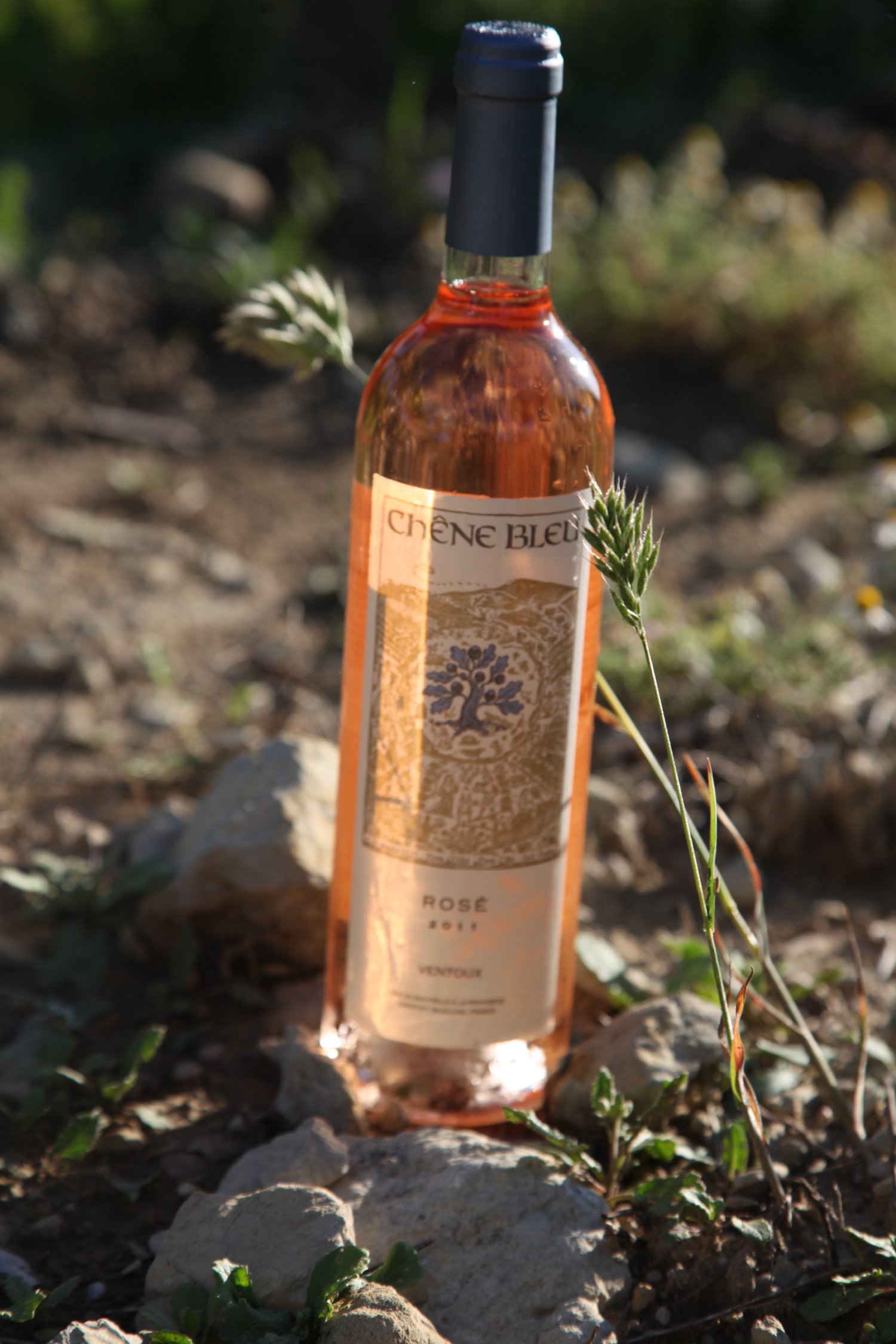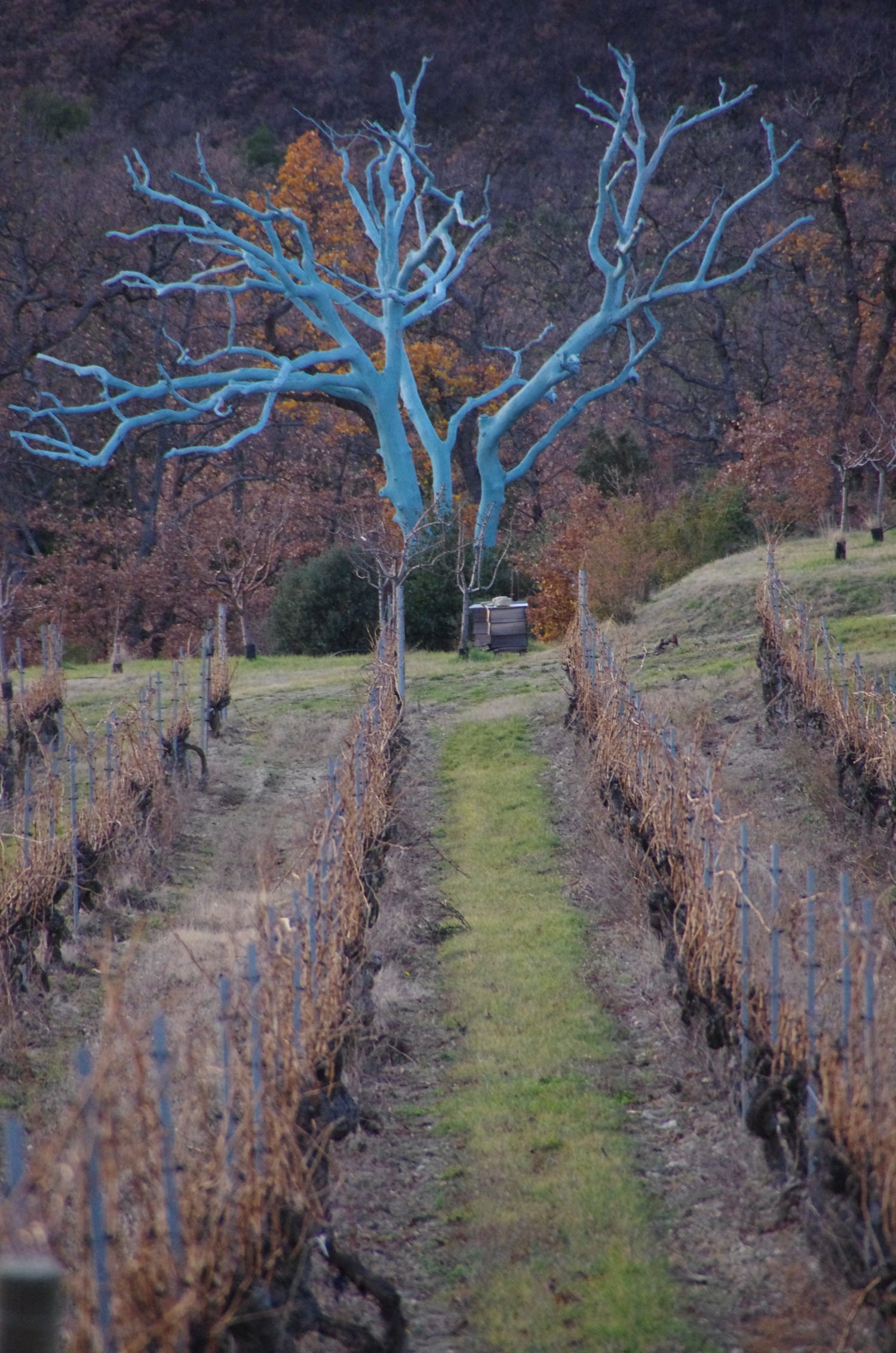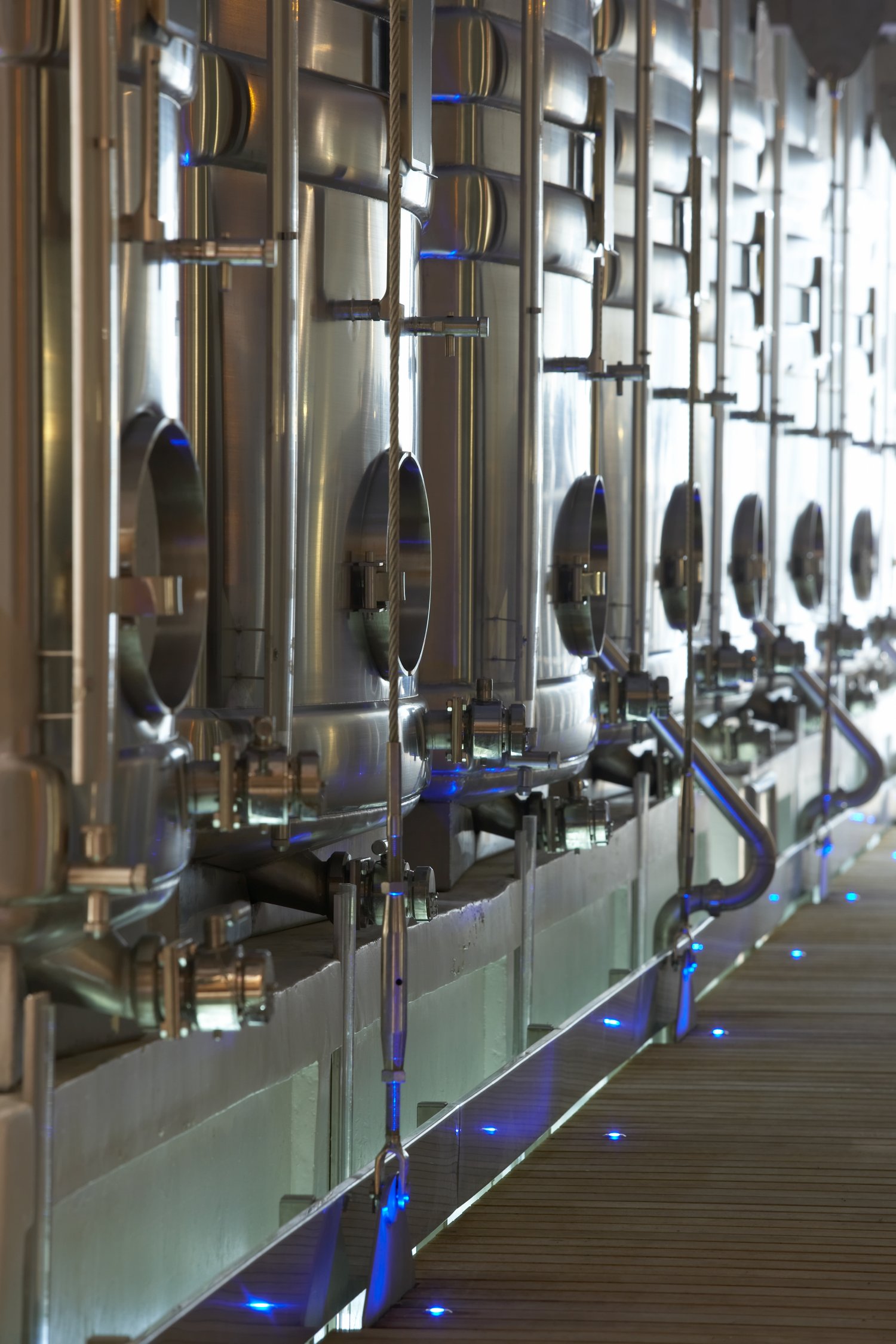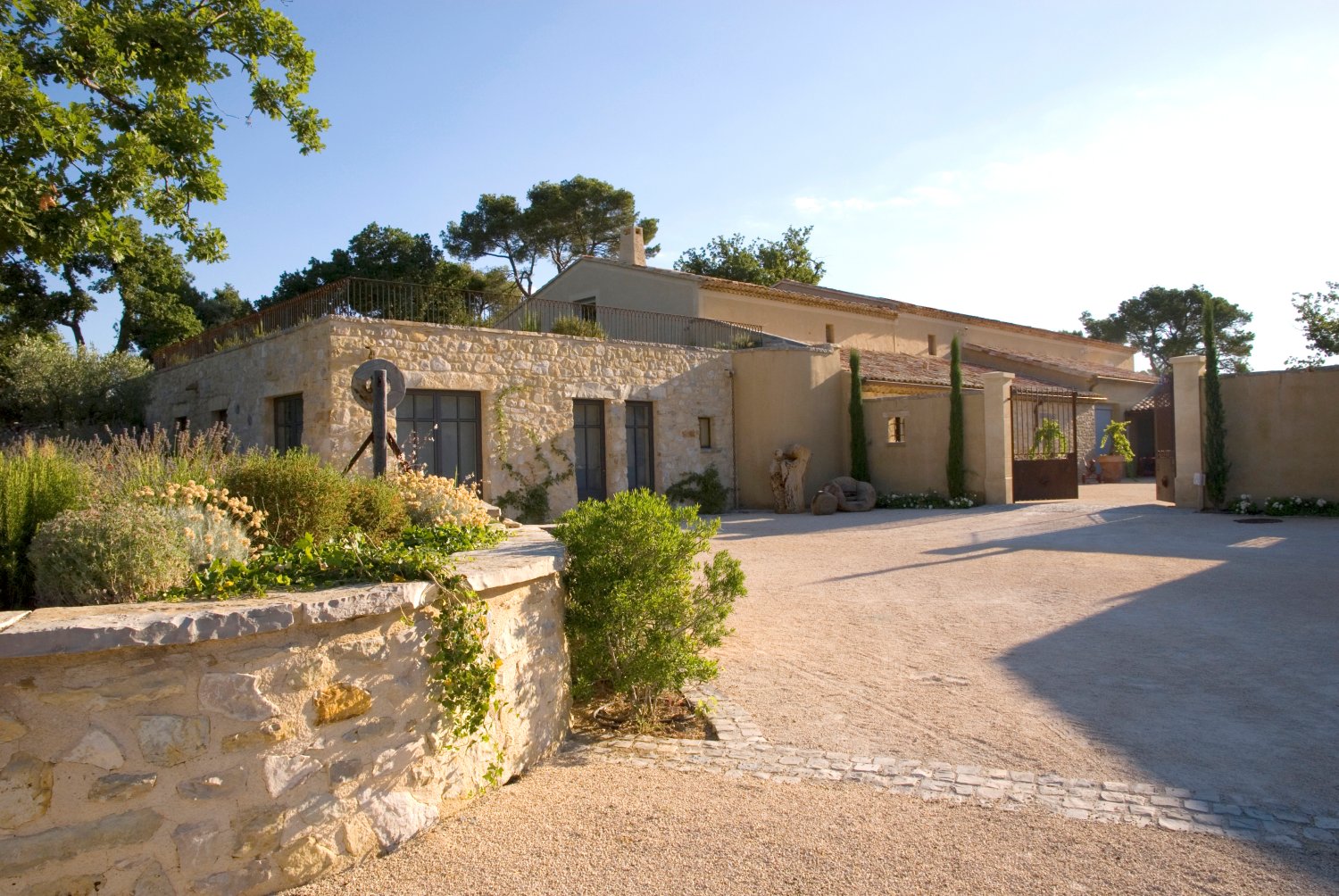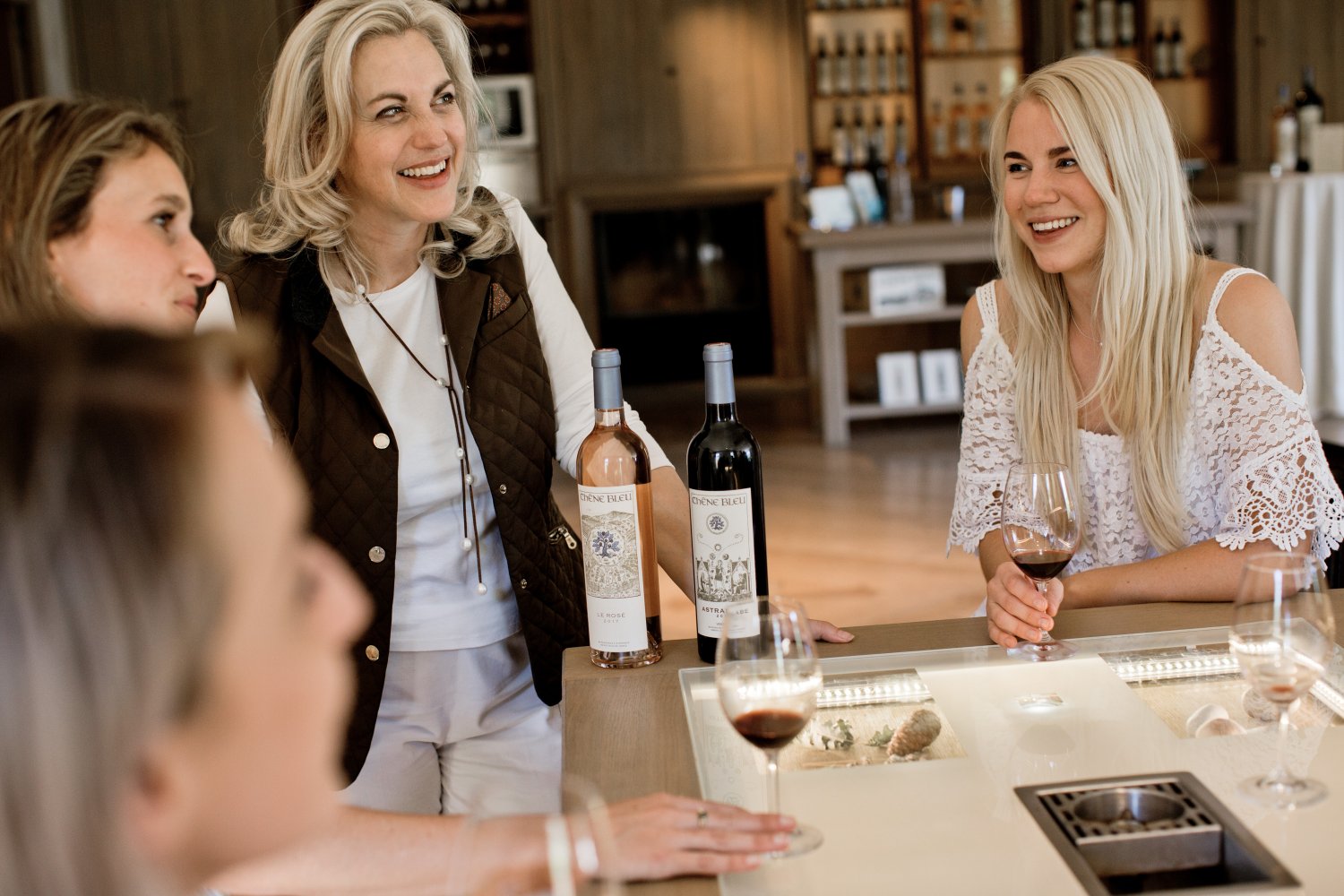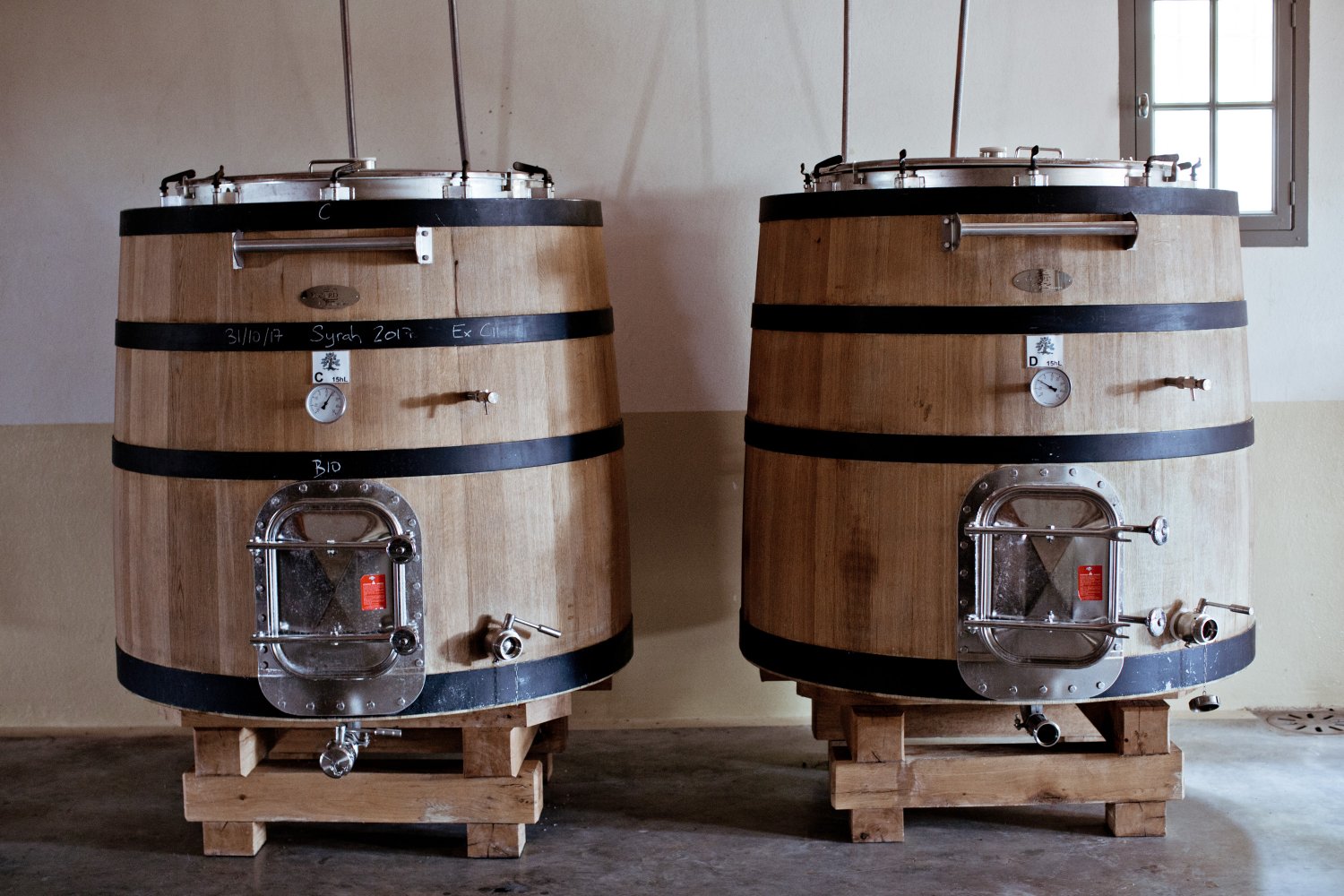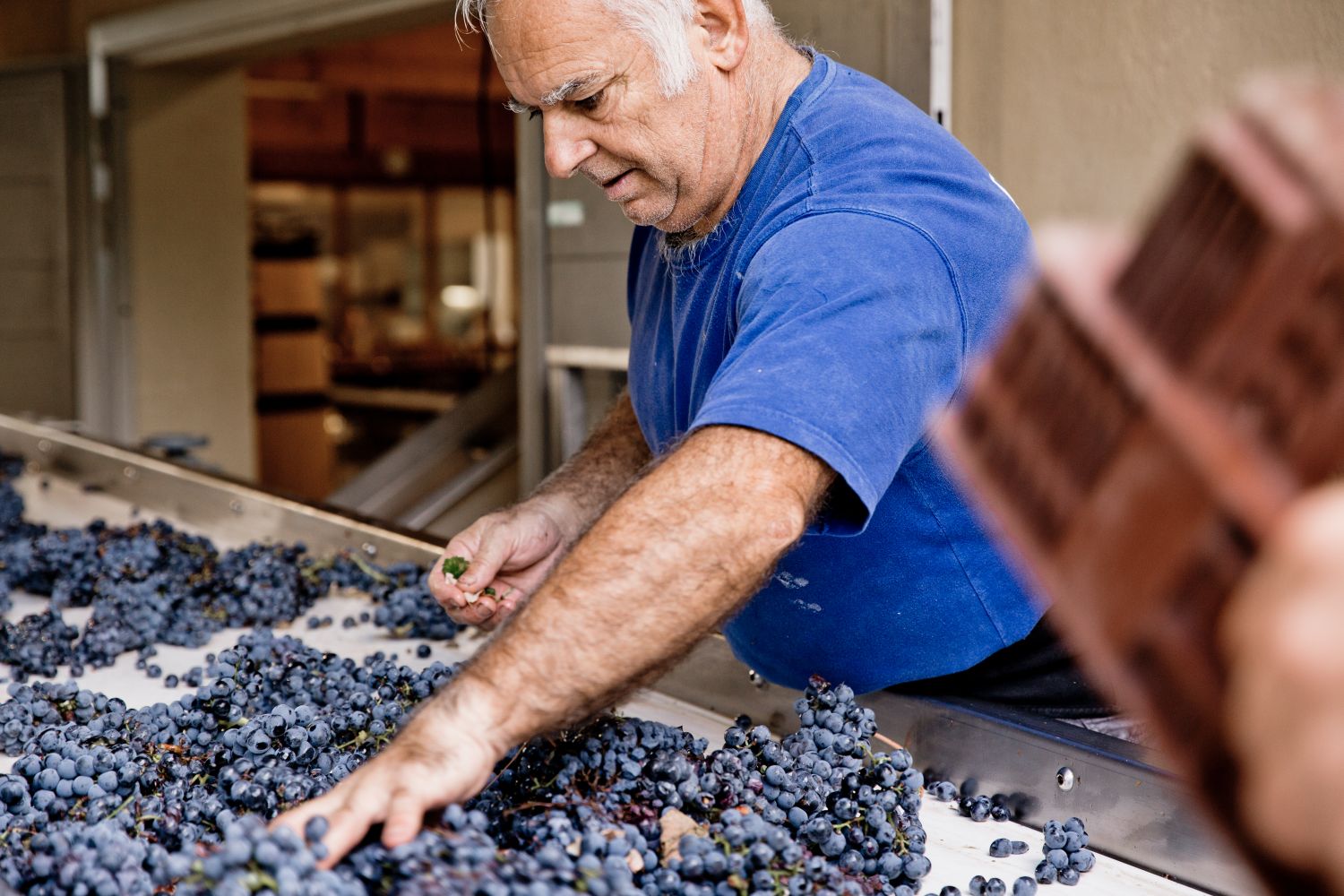La Verrière’s Vocation as a Wine Estate, and its CHÊNE Bleu wines
At the epicentre of a UNESCO biosphere reserve, blessed by an incredible biodiversity, and at high altitude, which locks elegance and freshness into the wines, this enclave has the most sought-after elements of grand cru quality terroir. One cannot aspire to producing some of the best wines in the world without a world-class vineyard.
The unique fauna and flora endemic to the region inspire all of us working with this land to protect and preserve it, constantly monitoring and maintaining a healthy plant life environment instead of resorting systematically to chemical pesticides and fertilisers. We believe this will allow our family and team the privilege of producing wines at the elusive intersection of things that are really good, good for you and good for the planet.
These exceptional circumstances led us to creating our range of award-winning Chene Bleu wines, full details of which are available on our dedicated website Chene Bleu.
The winery and its tasting room are located across a courtyard in a separate building. Our open-door policy at the property also means there are many opportunities for guests to join us for interesting, enjoyable and educational wine activities with our many Tours & Tastings options.
photographer Laurent Pamato
Come by for a tasting
A cellar visit
Participate in a wine activity or join us behind the scenes and shadow our winemaking and viticulture team
Have us set up visits at some of the other wonderful wineries in the area on a wine tour.
Or take the plunge and decide to turbo-charge your wine or winemaking knowledge with one of our carefully designed wine courses, such as Winemaker-for-a-Day, or our Blending Seminar. Here are full details of all our Tours & Tastings.
Sign up for our renowned Extreme Wine Experience. Extreme Wine is an intimate, intensive five-day programme, designed as the ultimate wine course for enthusiasts of all levels, from complete beginners to seasoned collectors. Extreme Wine includes WSET certification (Extreme Wine encompasses WSET Levels 1 and 2) and Beyond Extreme offers WSET Level 3 Award, in 5 or 6 days respectively, and covers all major global wine regions and varieties as well as iconic benchmark wines. Click here for the dedicated website.
photographer Laurent Pamato
Private wine tastings
As guests of La Verrière, you also benefit from special privileges. You can arrange a VIP tasting in the private wine tasting room, restored to its original charm, complete with its own adjacent cellar and the original wine press. Or arrange for a private lesson and tasting of hand-picked regional wines from our cellar.
If you’re ready to exchange wine knowledge and ideas, you are always welcome to offer advice or encouragement, in fact we could not have come this far without it. Our “Non Mihi, Non Tibi, Sed Nobis” (Latin for “not mine, not yours, but ours”) philosophy, expressed on the Chene Bleu wine label, reflects this collaborative mindset.
Wine tours in Provence
This is the heartland of the southern Rhone wineries, with many of the iconic properties less than half an hour’s drive away. Guests are encouraged to visit the vineyards around the region and the team can create custom visits for you, depending on your interests.
Nearby producers include Domaine de Mourchon in Seguret and Domaine de Saint Amand in Suzette. Discover young, hardworking, passionate winemakers in the Ventoux region, earmarked as a rising star of France. Or visit the established Domaines of Chateauneuf du Pape, Gigondas, Rasteau, and Vacqueras.
Having founded the International Grenache Symposium, the International Grenache Association, and Grenache Day, the Chene Bleu team have long-standing friendships with many growers in the region and beyond and we are happy to help connect you with them or with some of the wonderful wine tour guides operating in the region.
our pristine vineyards
photographer Laurent Lamato
With the arrival of chemicals and mechanisation into the region in the 1950s, the hand prized Medieval vineyards of La Verrière fell into disrepair in favour of high-yielding vines in the Valley nearby.
During the property’s renovation, it became clear that the old vines showcased an incredible fruit quality, diamonds in the rough of grand cru standard, crying out to be harnessed into complex, elegant, age-worthy wine with a wild streak: ripe fruit; good concentration; freshness; and a lovely mineral finish. A cornucopia of qualities that are a winemaker’s (and wine drinker’s) dream.
In a short space of time - pressed grapes first graced the new vats in 2006 - the vineyard garnered attention from serious critics, sommeliers and oenophiles.
The vineyards today are planted with Syrah, Grenache and other Rhône varietals such as Mourvèdre, Viognier, Roussanne and Marsanne, Grenache Blanc, Vermentino (Rolle).
Josselin Guiziou leads the team who care for the 35 hectares (100 acres) of vines with an unrelenting concern for quality, imposing rigorous ecological practices. As responsible guardians of the earth operating within a privileged environment, they manage the vineyard and winery with unwavering dedication.
our wines
The Chene Bleu wines produced at La Verrière integrate the style of the southern Rhone region, the unique environment, and a forward-thinking approach to winemaking. Top quality is never the result of sheer luck.
The outstanding terroir combines complex clay-based soils and numerous well-ventilated microclimates. The vines are growing straight into a wonderful natural cocktail thanks to:
photographer Laurent Pamato
the southern France location, providing ample sunshine for ripe, juicy grapes
high mineral content, counterbalancing the richness of sun-ripened fruit, giving the wines hard-to-achieve finesse and elegance
considerable altitude (550m/1700 feet), which favours the slow and careful maturation of the grapes, giving them a beautiful freshness
the use of small tanks, allowing maximum flexibility, tailor-made to the characteristics of each parcelle
strong Mistral winds which dry the grapes, concentrating them, giving a lovely sticky texture
the temperature variations from day to night, slowly ripening the grapes, allowing for late harvest and residual brightness
All the work in the state-of-the-art winery is aimed at creating a live product that is free from long-term chemicals. The wine is naturally preserved using its own inherent virtues, such as natural acidity and minerals. Biodynamical practices typically have low sulphite levels, using only what is necessary to make them safe to drink.
The winery’s configurations are engineered to the highest international standards, based on extensive research in concentration with experts and oenologists. It’s no coincidence that two of the top Chene Bleu wines are named after the disruptive thinkers, Pierre Abélard and Héloïse d'Argenteuil, whose ideas changed the face of western civilisation forever.
Biodynamic winemaking
Biodynamic wine goes beyond the more mainstream, straightforward concept of organic wine which simply substitutes synthetic products and processes with more organic versions. Instead, biodynamic winemakers mediate the innate cycles of nature.
All interventions must carefully respect the sustainable eco-system, and show awareness of micro-organisms, animal life, and botanical varieties around the plants. For example, the biodiversity of this UNESCO-sanctioned biosphere is such that there are 1200 species of butterflies.
Biodynamic practices harness the natural functions of plant life by intervening on specific days when they are receptive to growing roots, leaves, flowers or fruit.
Examples of biodynamic practices at La Verrière:
planting sorghum or other cereals to increase vegetable matter at the surface of the soil, enabling new vines to flourish without the need to irrigate or cheat
watching the fauna for insect populations, and encouraging predators, animals or micro-organisms to the food chain to keep them in check
keeping the right number of rabbits on the property (too many suggests lack of predators; too few can mean a drought or a disruption in feed supply)
Bottling days and movement of wine are also meticulously planned to avoid undermining its overall molecular integrity.
This active parenting of plants is uneconomical and highly complicated, but totally motivated by passion.
Find out when certain seasonal activities take place across the vineyard.







